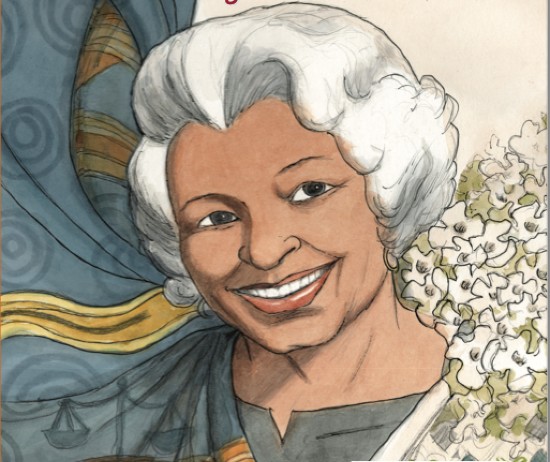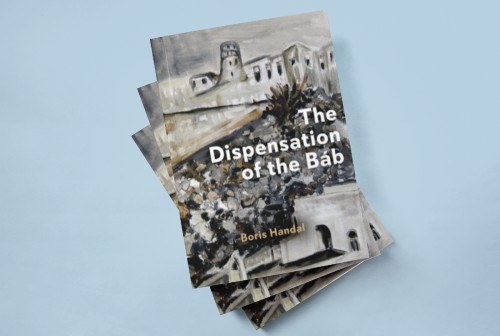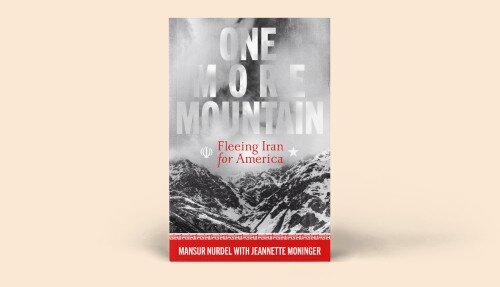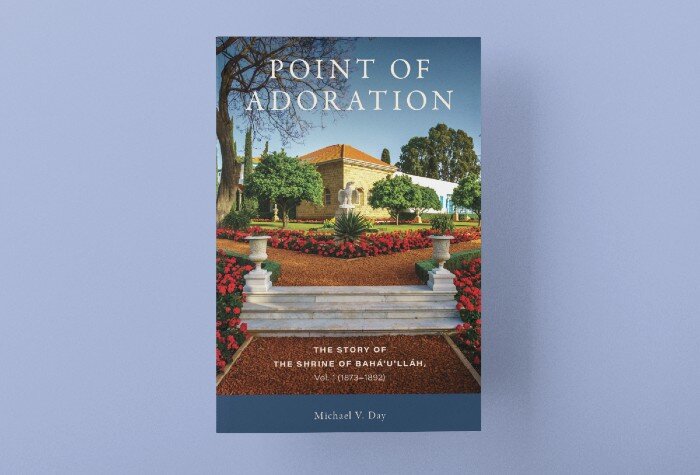Even though, as Abdu’l-Baha says, “Every soul is fashioned after the nature of God, each being pure and holy at birth”, as soon as we are born we enter the realm of opposing forces and a lifelong spiritual journey becomes necessary to draw out the virtues and spiritual qualities within us so we can develop more fully our inner nature and potential.
This vital spiritual quest might be thought of as a process of “soul-making,” or what the English poet John Keats says we, as “sparks of the divinity”, undergo in this “World of Pains and troubles” in order “to school an Intelligence and make it a soul.” It is what English teacher and Jungian analyst Marion Woodman says happens “when time meets the timeless” as we constantly confront “the paradox that an eternal being is dwelling in a temporal body.” Soul-making is all about communicating deeply with the inner realm, being fully awake and aware as the numinous bursts forth from the unconscious; it is about experiencing the universals of life.
The underlying spiritual principle of soul-making is that the soul comes from an eternal realm, at birth is separated from the original, sacred union it knew, and spends its life here learning timeless lessons and seeking that lost union.
There are many guideposts to follow from the world’s sacred traditions in undertaking this journey. One of the better known is “The Mystic Way” as described by Evelyn Underhill in her classic work Mysticism. She outlines this journey of the soul as a series of five mystic states.
First is the state of “awakening” into a consciousness taking us beyond the temporal world. The second state is “purification,” a purging of imperfections and false desires that are not in harmony with the newly perceived reality. The third state is “illumination,” a lifting of consciousness from a self-centered to a Creator-centered world. The fourth state is “the dark night of the soul,” or a symbolic death leading to surrender and rebirth. Finally, the consummation of the mystic way is “union.” Here, the two worlds, the eternal and the temporal, have become one.
But there may be no better or more eloquent road map of the journey of the soul than Baha’u’llah’s The Seven Valleys. This mystic treatise, which may be interpreted in many ways, provides divinely inspired insight into why and how the soul’s journey here benefits us in the next world. The essence of The Seven Valleys could be understood as a process of learning to see the end in the beginning, and of finding divine aid and assistance at every turn.
The Seven Valleys provides a template for: knowing what is achievable through conscious effort; seeing in the oscillation of opposites the possibility of their union; recognizing that the resolution of such a procession of opposites in our lives is designed to move us closer to our Creator; and, understanding that our deepest spiritual transformation comes about, not through escape from the world, but work in the world, as service to humanity. It becomes clear that spiritual growth, and in particular the journey of the soul, carries with it a distinct service orientation.
Very briefly, first is the Valley of Search, where great patience is needed in leaving behind all selfish desires and gaining trust in “aid from the Invisible Realm.” Second, the Valley of Love, describes a state of ecstasy, awakening, and yearning where all self-awareness, reason, and guidance are temporarily lost. This is preparation for the Valley of Knowledge, “the last plane of limitation,” where we come out of doubt and into certitude recognizing providence in all things and the inner significance of all things. Next, the Valley of Unity represents a significant transition between the first three and the last three valleys as a bridge between the temporal and eternal realms; it confers an understanding of the divine unity of all created things, which is equivalent to the final stage of the mystic way.
The last three valleys are the highest realms of the soul’s development; they describe emotions that come from the soul, yet animate the whole being. The Valley of Contentment brings the reward of continual spiritual happiness through an experiential understanding of God’s bounty and grace, and with it a sense of inner peace. Then, the Valley of Wonderment reveals “… a new creation, and… a myriad perfect wisdoms,” which inspires heightened spiritual empowerment. The final stage of the soul’s journey is the Valley of True Poverty and Absolute Nothingness where the greatest spiritual wealth possible in the context of eternal life is realized. This valley describes the fullest expression of what is humanly possible in the world when one becomes detached from the temporal things of the world that will pass away and when one becomes truly selfless (from experiencing nothingness).
This journey of the soul completes the transformation that began with the self desiring things for itself and ends in the self desiring to give of itself to others. The primary quality manifest now is the altruistic love given back to the world, in the form of service to humanity. On the deepest level, it is understood that only oneness exists. And we see now that the path of soul-making leads to connectedness and wanting to live in harmony with the divine will by contributing to an ever-advancing civilization.
What may have seemed like a principle of the mystic life – the seemingly solitary quest for union – becomes a guiding principle for everyone. The living of one’s life according to the principle of union – or, carried to the practical level of the world we live in, the principle of the essential oneness of all life – is not merely a social commitment, or even an act of social justice, but a core spiritual belief designed to direct and guide every aspect of our lives toward the fullest achievement of what is humanly possible.
Posted by
Robert Atkinson, Ph.D., is an internationally known author of eight books, a professor of human development and religious studies, and director of Life Story Commons, at the University of Southern Maine. This blog post is adapted from his most recent book, Mystic Journey: Getting to the Heart of Your Soul’s Story (Cosimo, 2012). To learn more about the book and how to order it, go to his website www.RobertAtkinson.net.








































Thank you for the brilliant recap of one of my favorite writings!
Audrey Depelteau (July 7, 2013 at 7:48 PM)
Beautiful!!!!
Thank you
Ruth (July 7, 2013 at 10:46 PM)
Very nice and so credible,blog….keep up
Badi matabili (August 8, 2013 at 5:38 PM)
Thank you very much, Robert. Beautifully stated.
Rita (August 8, 2013 at 7:13 PM)
As a Baha’i, I sincerely appreciate your sharing your insights on the 7 Valleys of Baha’u’llah. It has helped me to synthesize my own thoughts regarding this mystical writing with your insights. Blessings to all always, Heidi Last, Vaughan, Ontario, Canada
Heidi Last (March 3, 2017 at 5:38 AM)
We’re delighted that this article stimulated thought and reflection, Heidi!
Sonjel Vreeland (March 3, 2017 at 1:18 PM)
Love this….I have spent much,time lately reading and rereading this work…
Deborah Ferguson (April 4, 2018 at 4:42 AM)